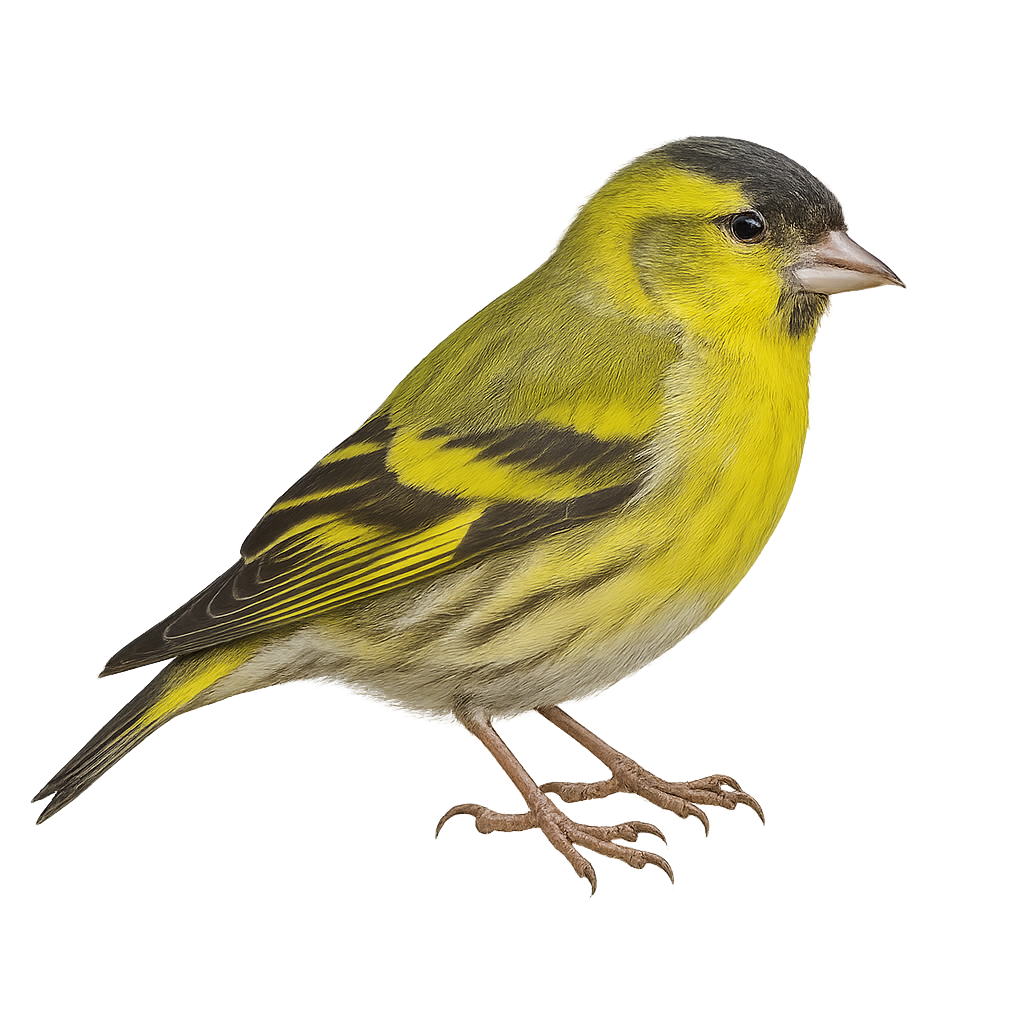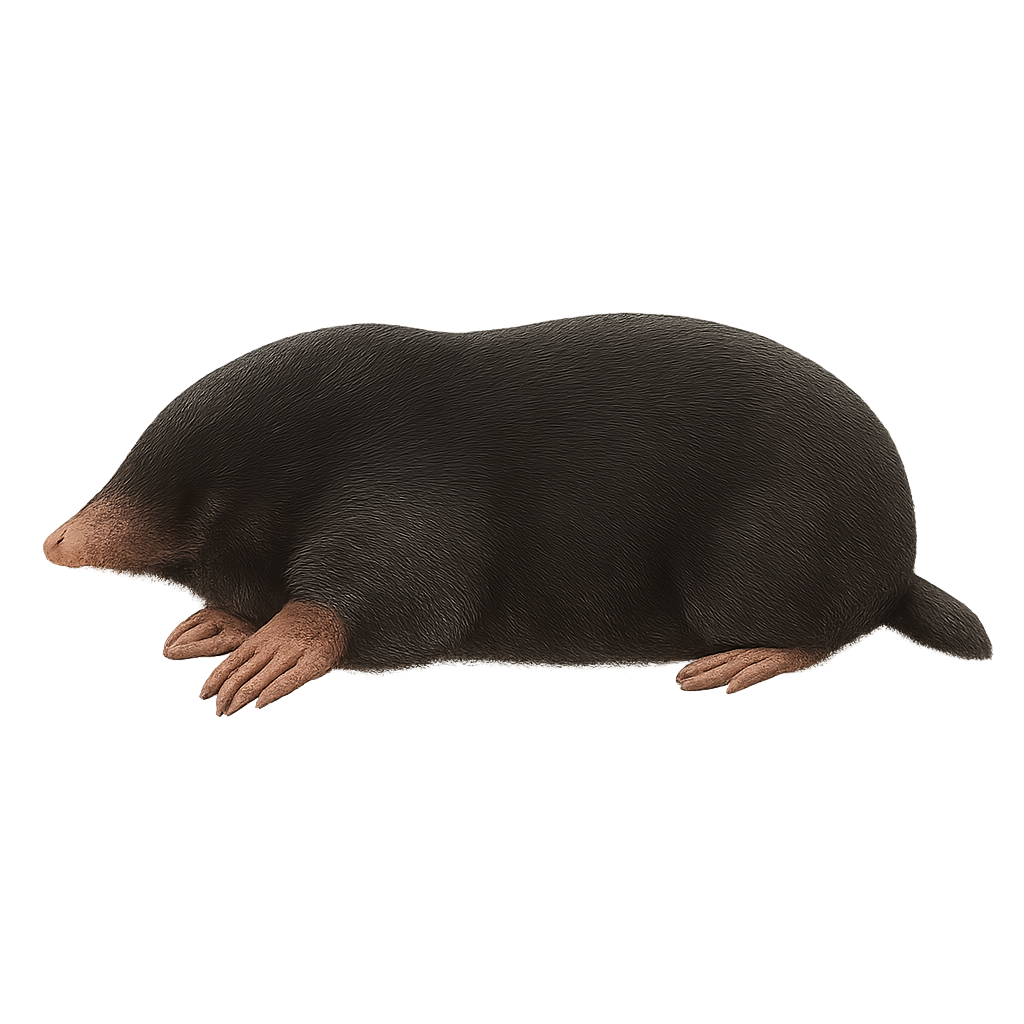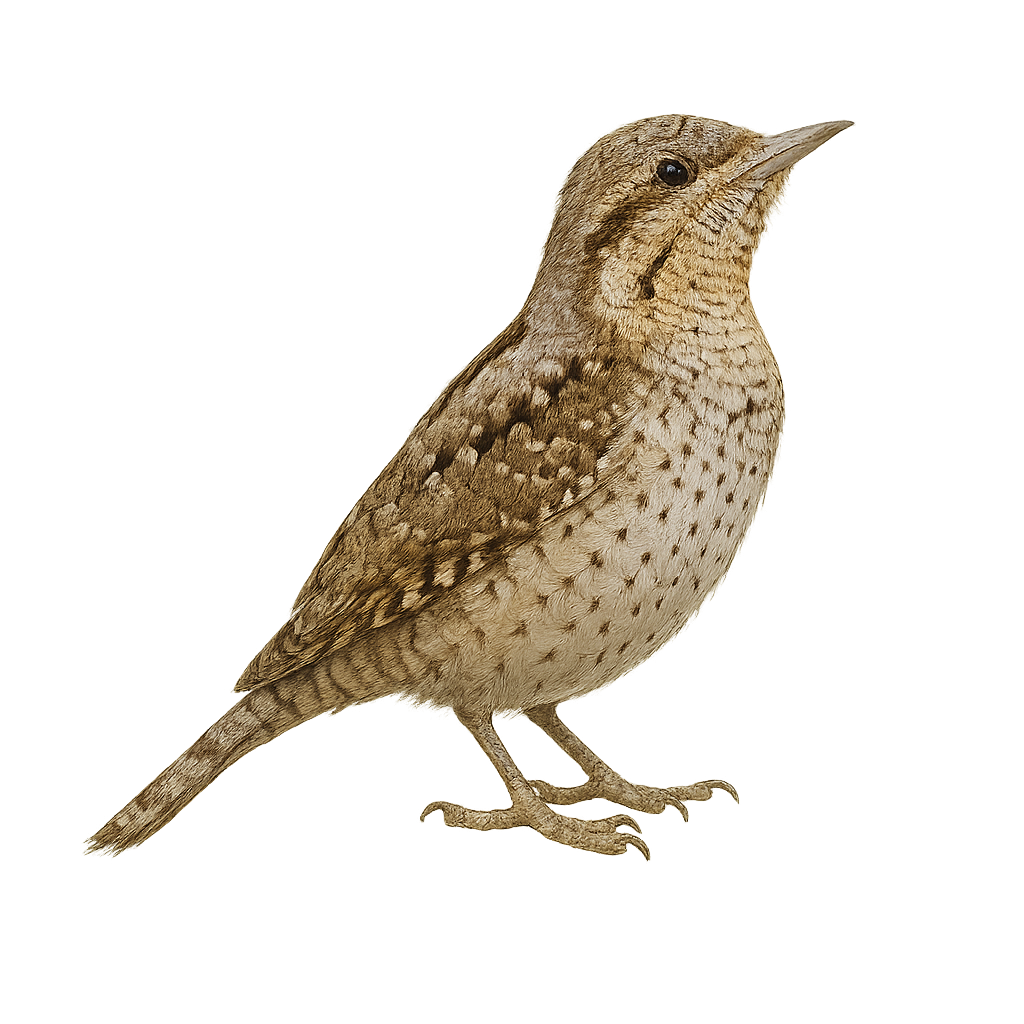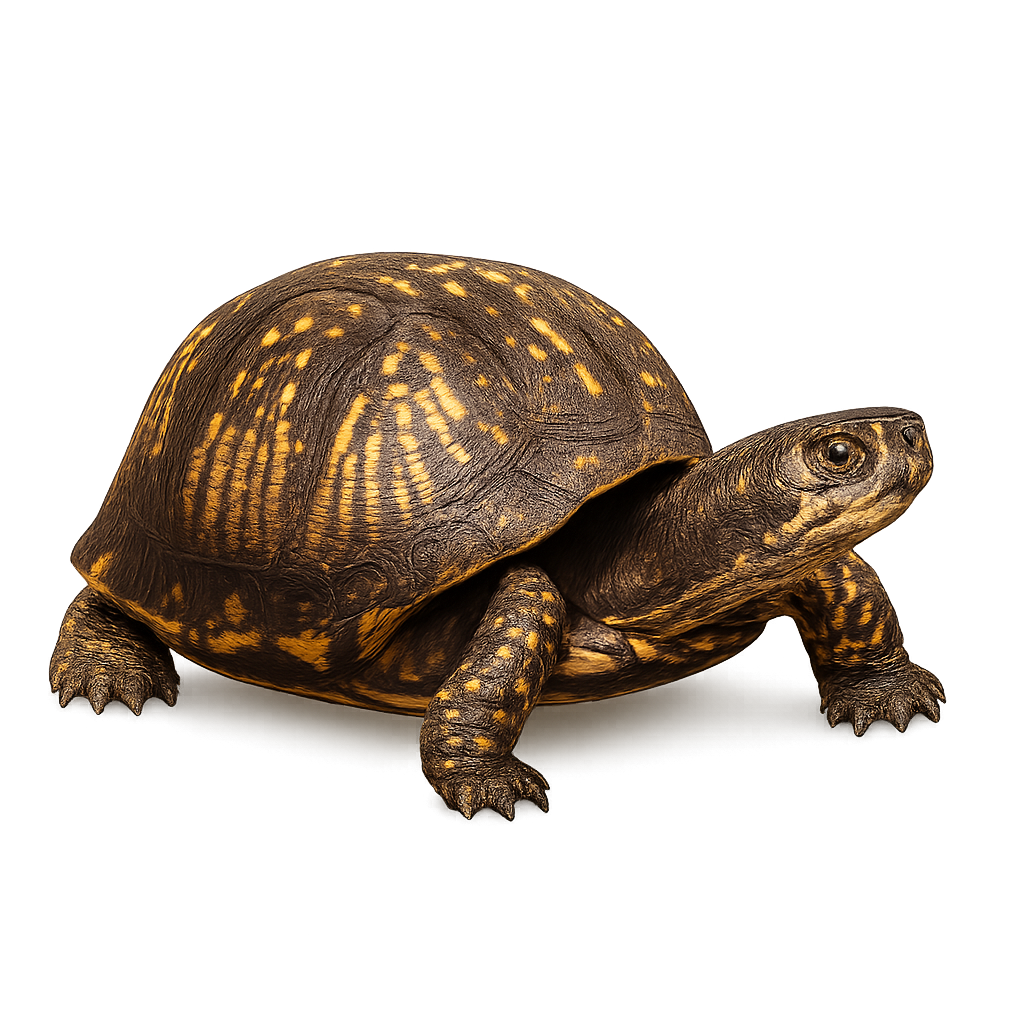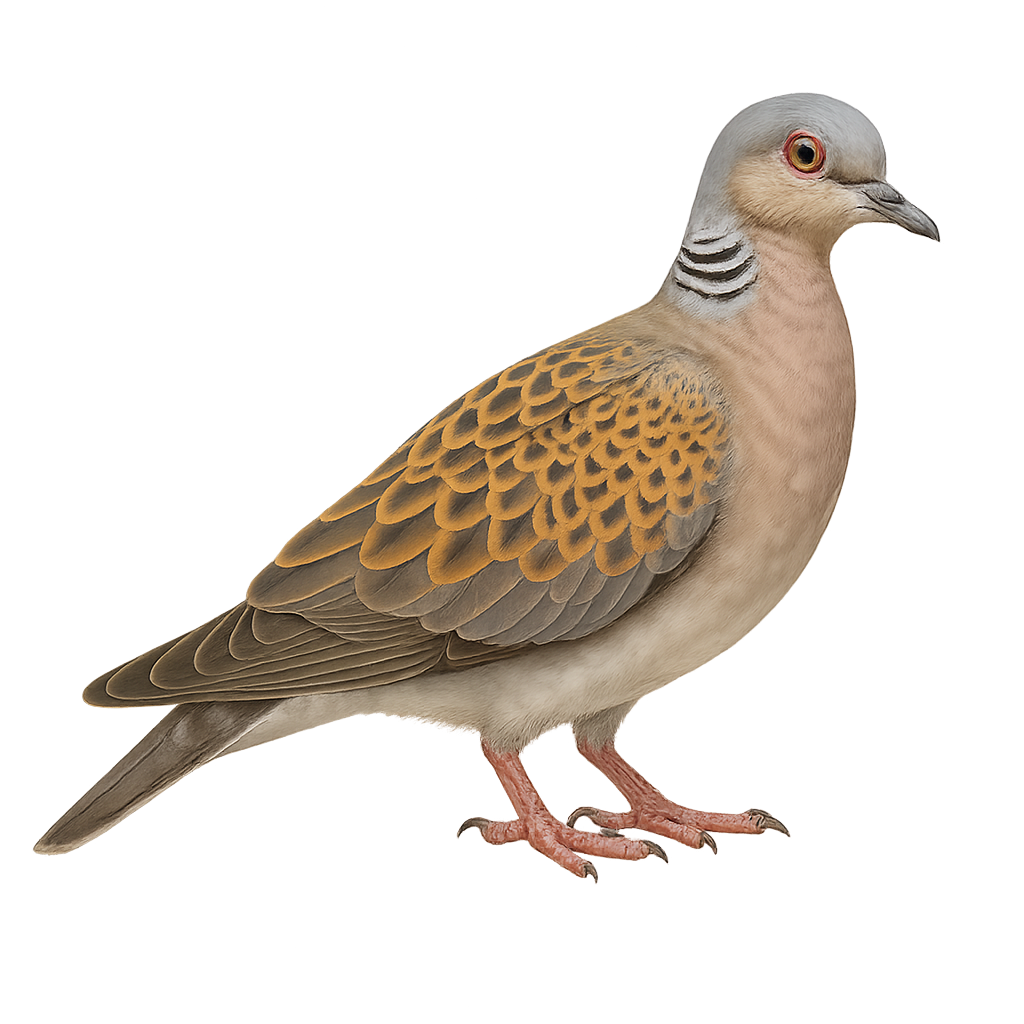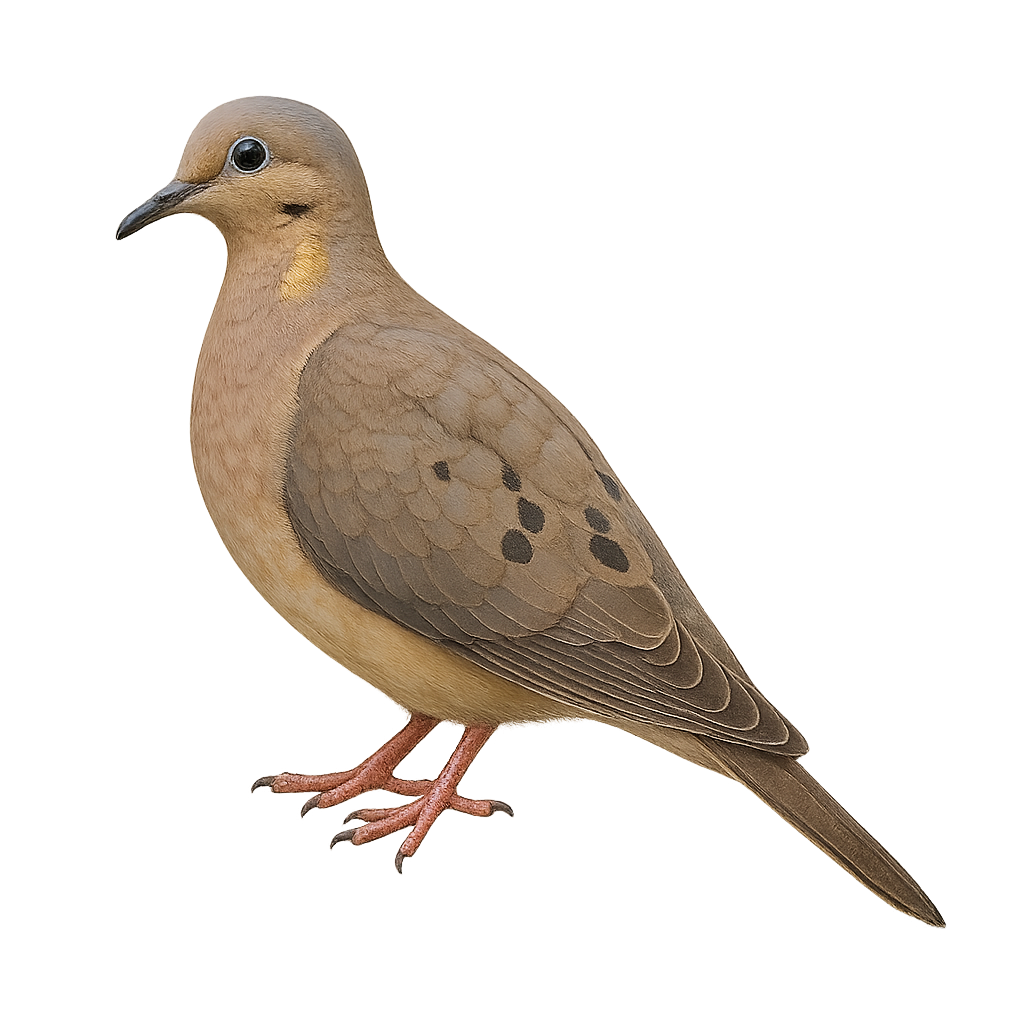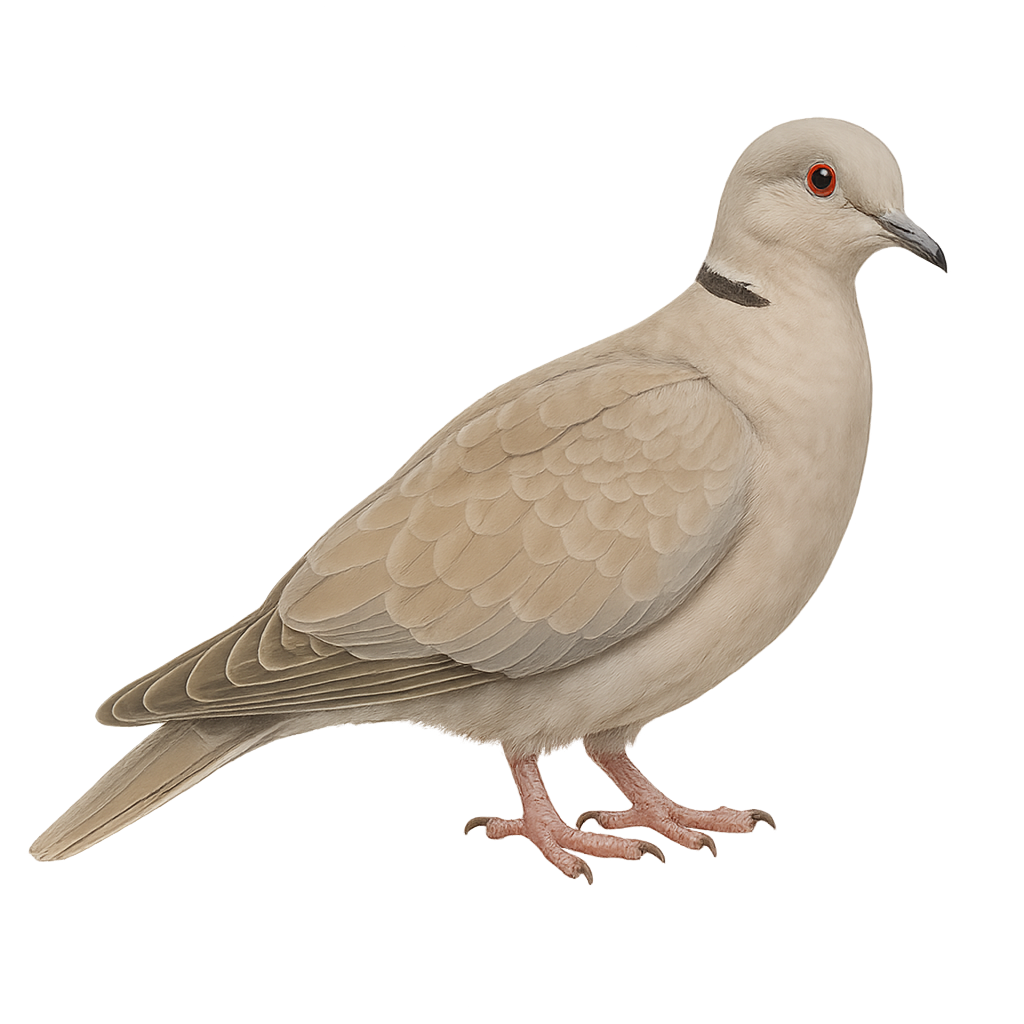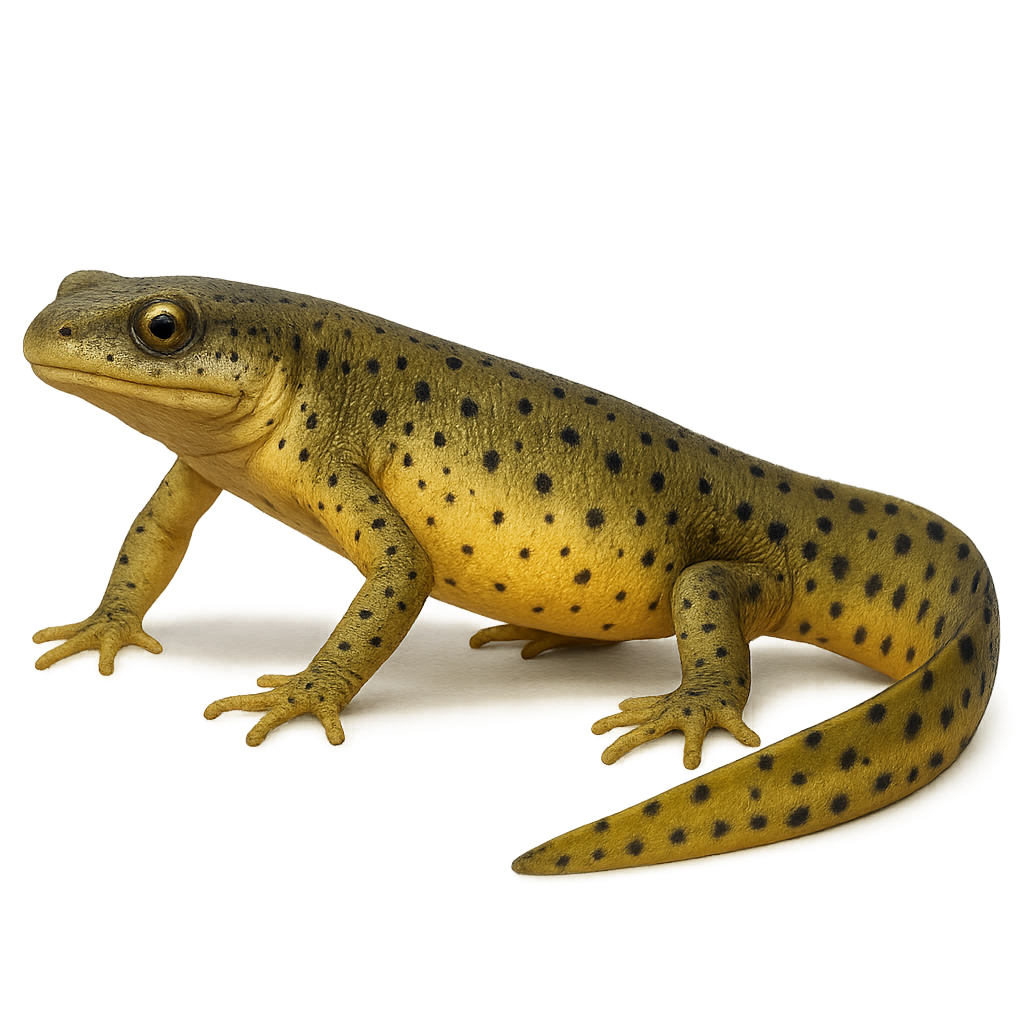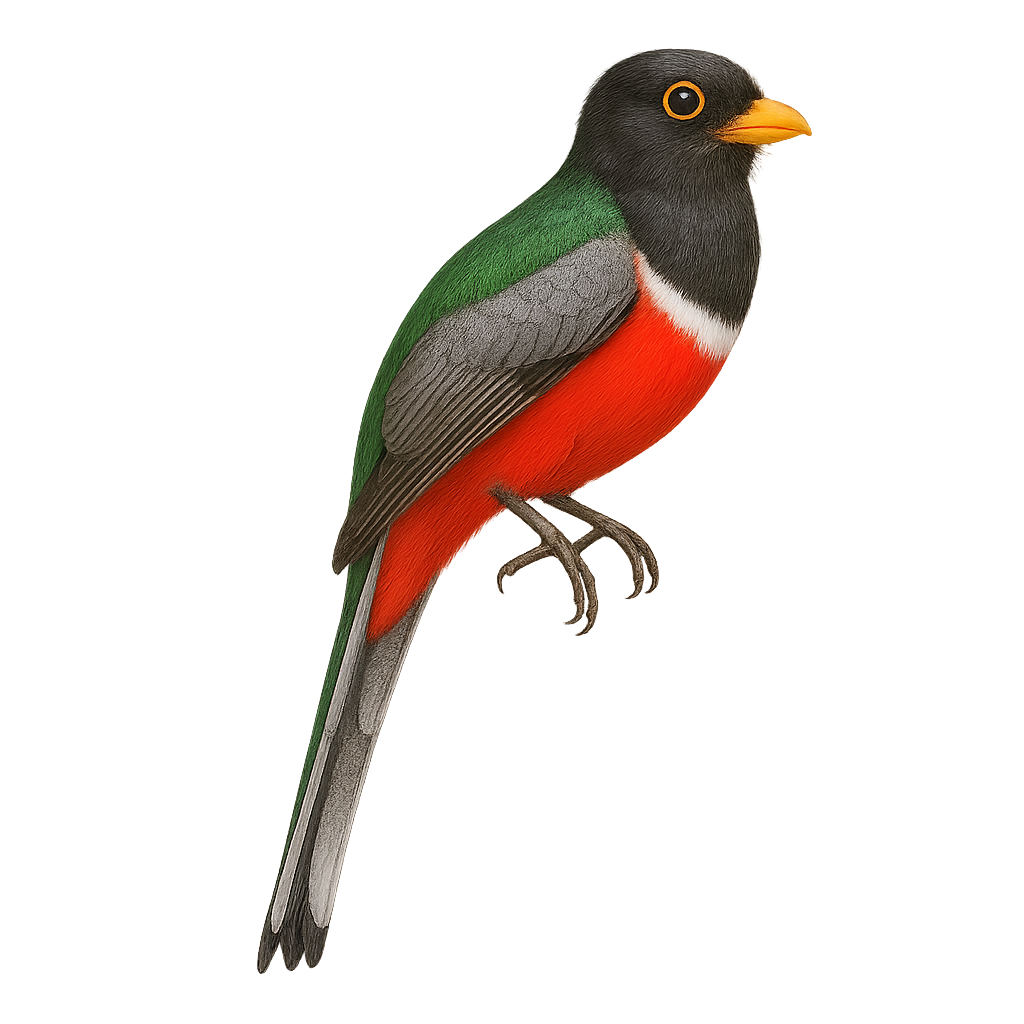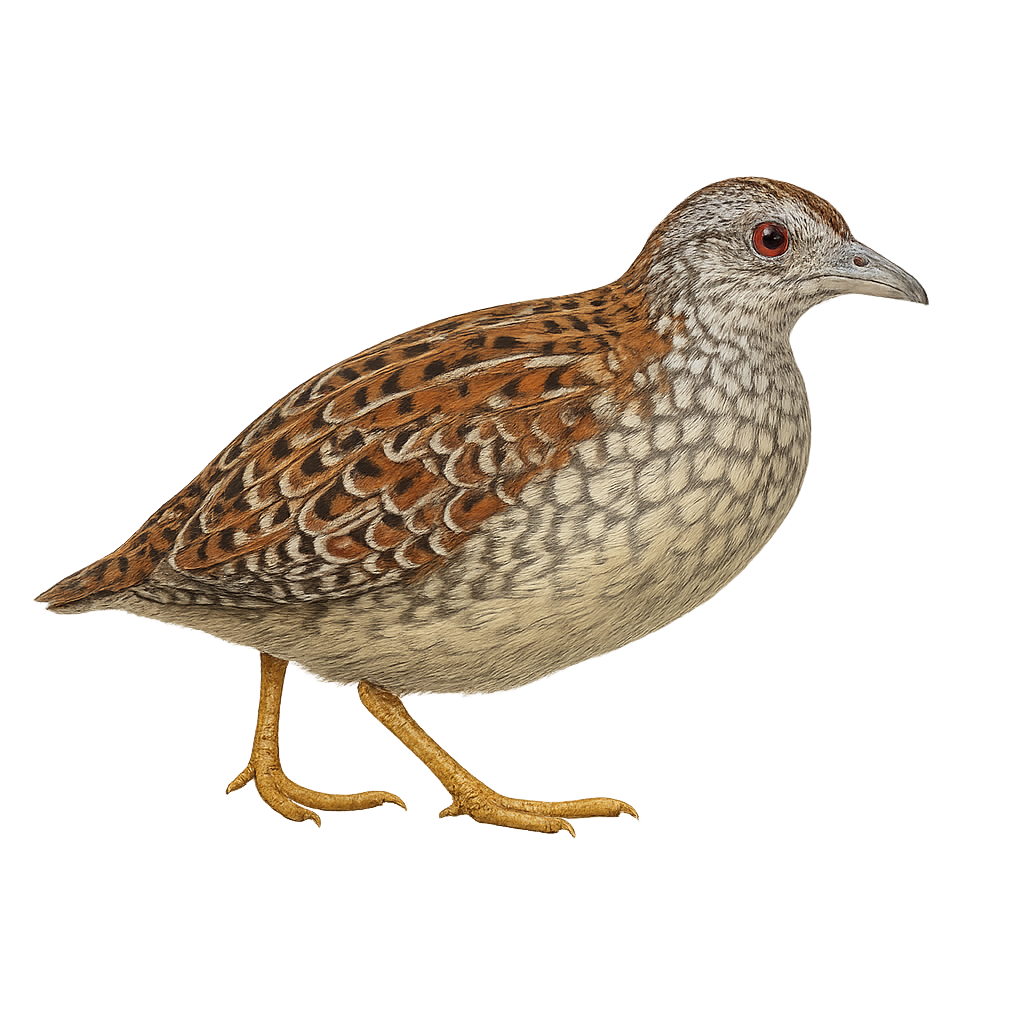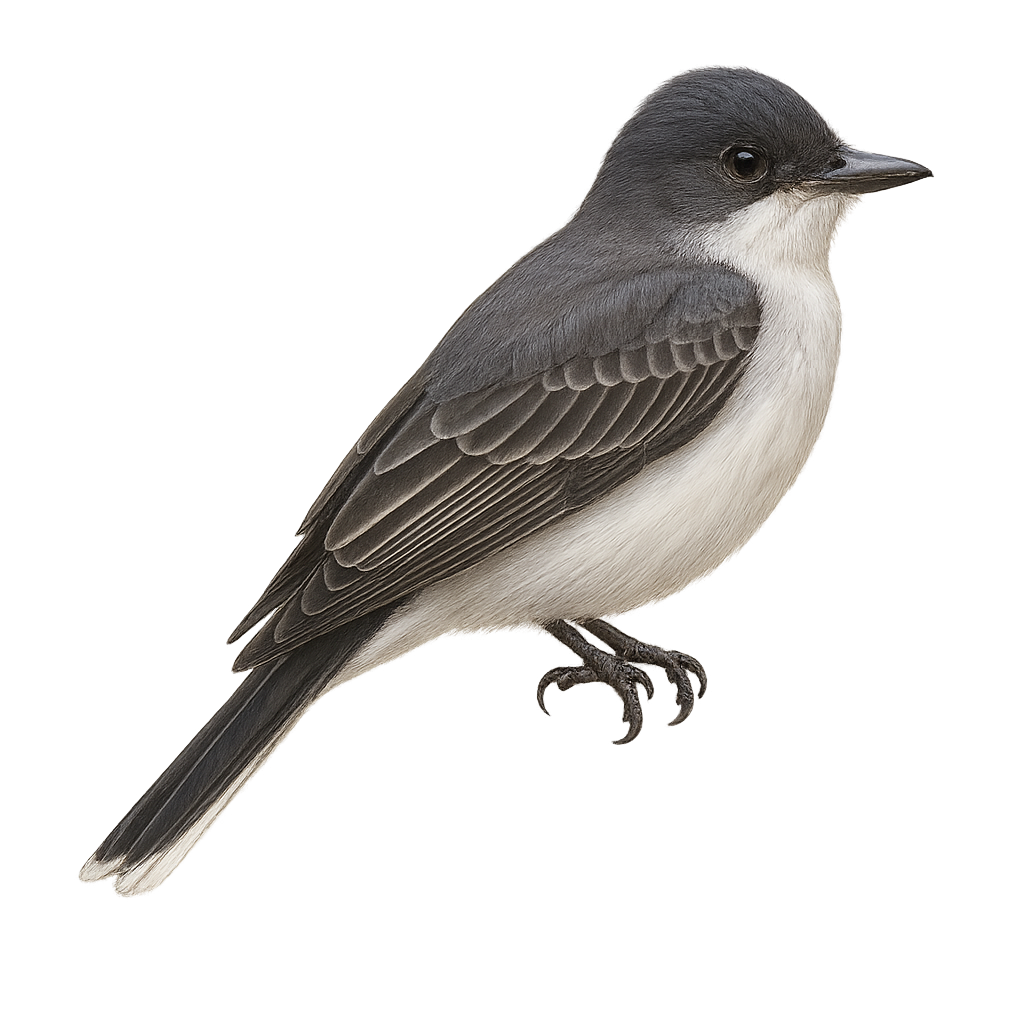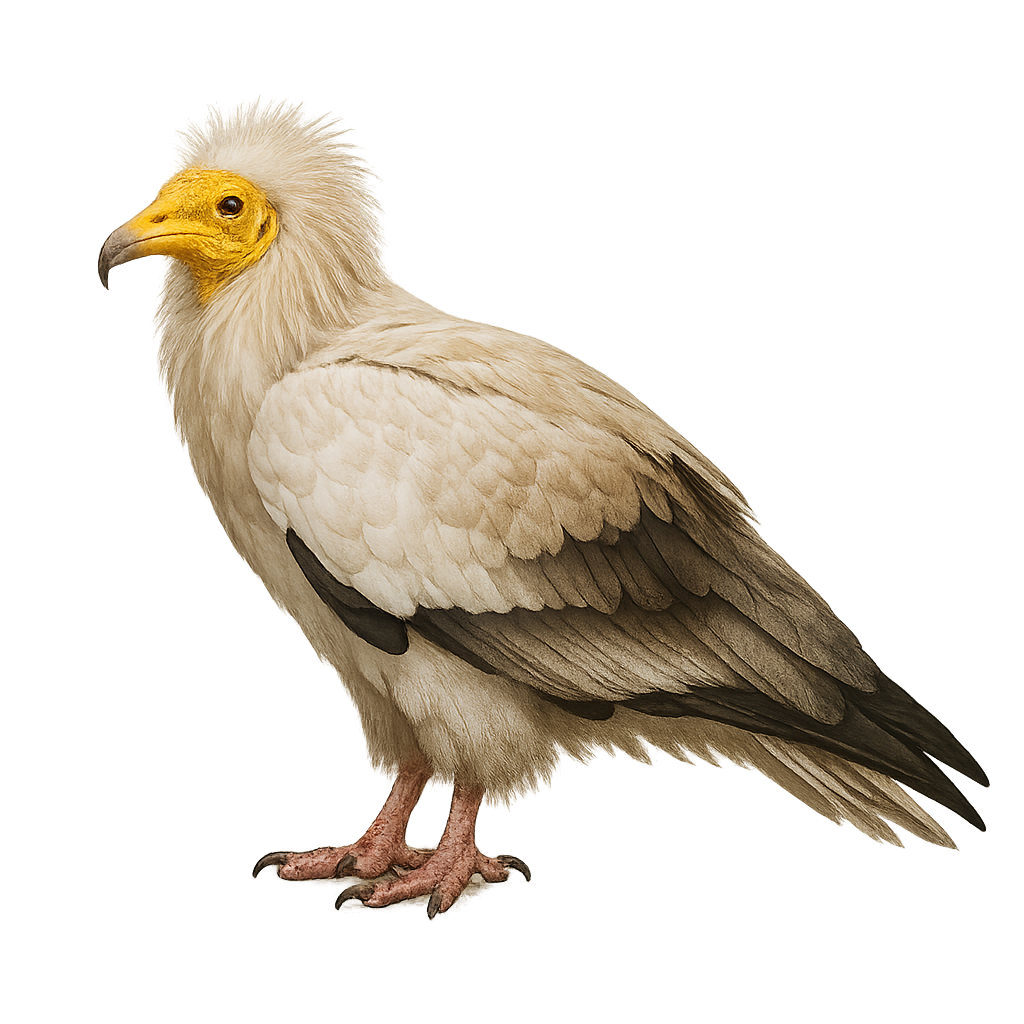The Eurasian siskin is a small passerine of 11–12 cm with yellow-green plumage streaked with black and dark wings. It inhabits coniferous and mixed woodlands, especially alder and birch stands, feeding mainly on cone seeds and small herbaceous seeds. During breeding, pairs nest in mid-canopy conifers and raise 2–3 broods per year.
The European mole, Talpa europaea, is a small burrowing mammal found primarily in meadows, forests, and gardens across Europe. It is recognizable by its cylindrical body, velvety black fur, and powerful forelimbs adapted for digging. Measuring about 14 cm in length, it has a pointed snout and small eyes often hidden by its fur. Although nearly blind, it has a highly developed sense of smell and touch, allowing it to navigate efficiently underground. The European mole plays an important ecological role by aerating the soil and controlling pest insect populations.
The Elegant Crested Tinamou, or Eudromia elegans, is a ground-dwelling bird native to South America, mainly found in Argentina. It is recognizable by its distinctive crest and speckled brown plumage, which helps it blend into its environment. Measuring about 40 cm in length, it has a robust body and strong legs adapted for rapid running. Although capable of flight, it prefers to run to escape predators. Its natural habitat includes open grasslands, savannas, and shrublands. The Elegant Crested Tinamou is a gregarious bird, often seen in small groups. It primarily feeds on seeds, fruits, and insects, playing an important role in seed dispersal and insect population control.
The Eurasian Wryneck is a small bird of the woodpecker family, primarily found in open forests and clearings across Europe, especially in France, Spain, Italy, and Russia. It typically measures about 22 cm in length and weighs between 50 and 60 g. Its plumage is mainly brown, with dark spot-like patterns on the back and wings, and a light-colored throat. The Eurasian Wryneck feeds primarily on ants and other insects that it finds on tree trunks or branches. It is often observed pecking at tree bark in search of food. While its population is generally stable, the Eurasian Wryneck is sometimes threatened by habitat loss due to deforestation and changes in agriculture.
The Eastern box turtle is a small terrestrial turtle (10–15 cm shell length) with a high-domed carapace marked by radiating yellow and orange patterns on an olive-brown background. Endemic to eastern North America, it inhabits moist forests, meadows, and wetlands, feeding on invertebrates, berries, and fungi. During the breeding season (April–October), females dig shallow nests to lay 3–8 eggs.
The Emerald Toucanet is a small forest toucan recognizable by its vibrant green plumage, bicolored bill, and compact size. Males and females are very similar, though males may have a slightly longer bill. It inhabits humid mountain forests of Central and South America, from Mexico to northern Bolivia, often seen in small groups in the canopy or foraging for fruit. It is omnivorous, feeding on fruit, insects, small reptiles, and occasionally bird eggs. Though locally threatened by deforestation, it remains widespread overall.
The Turtle Dove is a small, slender dove measuring between 25 and 28 cm in length with a wingspan of 45 to 50 cm. Its plumage is characterized by a rosy chest, a back speckled with black, and a gray-blue head adorned with black and white spots on the neck. It emits a soft, rolling cooing sound, often heard in spring and summer. It frequents clear woods, hedges, and open agricultural areas, where it feeds primarily on seeds fallen to the ground. Breeding occurs from May to July, with one or two clutches of two white eggs. The young leave the nest between 19 and 21 days after hatching. A migratory species, it winters in sub-Saharan Africa. Listed as "Vulnerable" by the IUCN.
The Eared Dove, Zenaida auriculata, is a medium-sized bird, measuring about 24 cm in length. It has light brown plumage with pinkish hues on the chest and distinctive black spots behind the eyes. The wings are adorned with black and white bands visible in flight. This bird is widespread in South America, inhabiting various environments such as savannas, agricultural areas, and open forests. The Eared Dove is known for its soft, melodious song, often heard at dawn and dusk. It primarily feeds on seeds and small fruits found on the ground.
The Eurasian Collared Dove is a medium-sized dove, measuring about 32 cm in length with a wingspan of 47 to 55 cm. Its plumage is grayish-beige with pinkish hues on the head and chest. It is characterized by a black half-collar edged with white on the back of its neck. It emits a soft cooing sound, often described as "hoo-hoo-hoo-hoo." Originally from South Asia, it has rapidly expanded into Europe, North Africa, and the Americas. It frequents urban, suburban, and agricultural areas, feeding primarily on seeds, berries, and buds. Breeding can occur year-round, with an average of three to four broods per year. The young leave the nest about 19 days after hatching. The species is listed as Least Concern by the IUCN.
The Notophthalmus viridescens, commonly known as the Eastern newt, is a small amphibian native to North America. It is characterized by its smooth, moist skin, typically green with distinctive red spots along its back. The Eastern newt undergoes several life stages, including an aquatic larval stage, a terrestrial juvenile stage known as the "eft," and an aquatic adult stage. These newts prefer aquatic habitats such as ponds, marshes, and streams but can also be found in moist forests during their terrestrial phase. They primarily feed on aquatic invertebrates and play a crucial role in the ecosystem by controlling insect populations.
The Elegant Trogon is a colorful and fascinating bird, primarily found in the tropical and subtropical forests of Central and North America. It features a striking plumage with shades of green, red, and white, making it easily recognizable. Males display a metallic green head and back, while their chest is bright red. Females, on the other hand, have more subdued tones, with shades of brown and gray. This bird is often seen perched silently in trees, feeding on insects and fruits. It is known for its melodious song, which resonates in the forests it inhabits. The Elegant Trogon is a symbol of the biodiversity of the regions it inhabits and is appreciated by birdwatchers and photographers for its stunning beauty.
The Everett's Buttonquail is a small, ground-dwelling bird belonging to the family Turnicidae. It is primarily found in the open grasslands and savannas of the Philippines. This bird is characterized by its mottled brown plumage, which provides excellent camouflage in its natural habitat. The Everett's Buttonquail is a secretive bird, often difficult to spot due to its shy nature and elusive behavior. It feeds mainly on seeds and insects, which it finds by scratching the ground. Its breeding season is not well-documented but is believed to be influenced by local climatic conditions.
The Eastern Kingbird is a striking and energetic bird, easily recognized by its distinctive black and white plumage. Its head and back are black, contrasting with its bright white belly. This passerine is often seen perched on wires or branches, from where it launches to catch insects in mid-air. A migratory bird, it spends its summers in North America and migrates to South America for the winter. Its song is a mix of whistles and chirps. Territorial, it does not hesitate to chase away intruders, even those much larger than itself. The Eastern Kingbird is a symbol of determination and agility in the avian world.
The Egyptian Vulture, or Neophron percnopterus, is a small vulture from the Accipitridae family. It is easily recognizable by its white plumage contrasted with black flight feathers and its bare yellow face. This scavenging raptor is often seen soaring in search of carcasses. It sometimes uses tools, like stones, to break ostrich eggs, showcasing its intelligence. It frequents open habitats such as steppes, deserts, and mountains, often nesting on cliffs. Although it is a migratory bird, some populations are sedentary. Unfortunately, this vulture is threatened by habitat loss and accidental poisoning.
The Eurasian greenfinch is a small passerine bird found primarily in gardens, hedgerows, and open woodlands across Europe, Asia, and North Africa. It is distinguished by its bright green and yellow plumage, as well as its distinctive song. This small bird primarily feeds on seeds, which it finds in grasses, bushes, or on the ground. It is also known for its ability to emit powerful and clear sounds, often heard during its breeding season.
The European Mink is a small carnivorous mammal primarily found in wetlands, rivers, and marshes of Eastern Europe, notably in Russia, Ukraine, Poland, and Hungary. It typically measures between 45 and 55 cm in length, with a tail of about 15 to 20 cm, and weighs between 700 g and 1 kg. Its fur is generally dark brown on the back and lighter on the belly, with a distinctive black band running across its face. The European Mink is an excellent swimmer and fisher, primarily feeding on fish, crustaceans, and small mammals. Unfortunately, it is critically endangered due to habitat loss, water pollution, and competition with the American Mink, an invasive species. Its population has significantly declined, and it is now classified as an endangered species.


